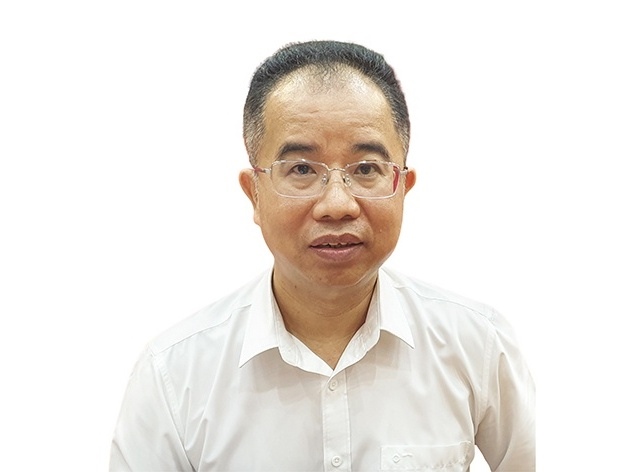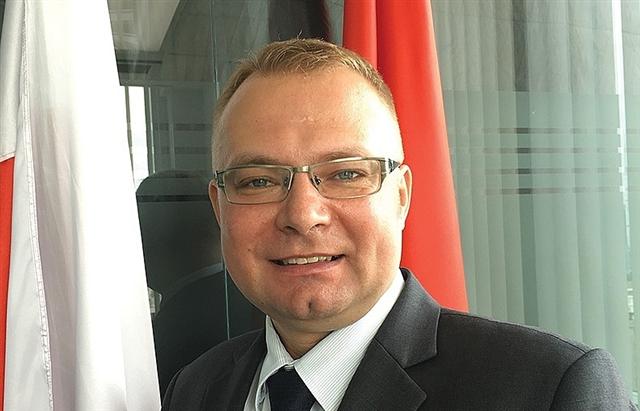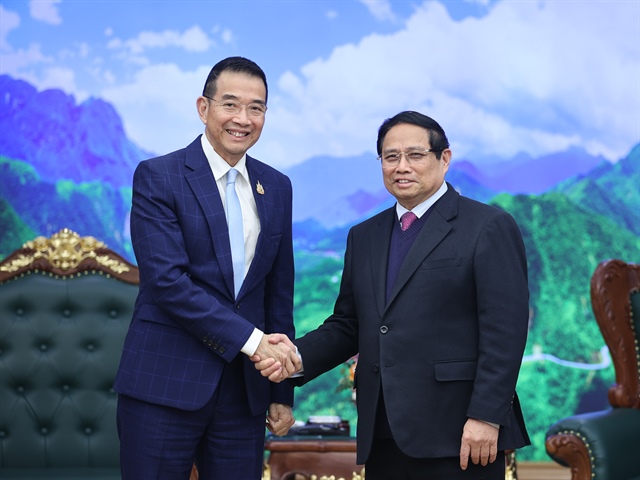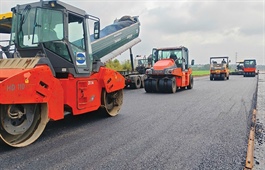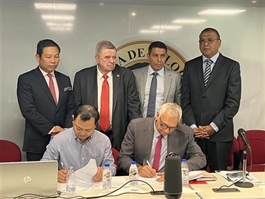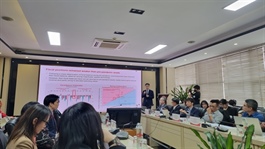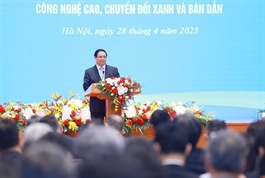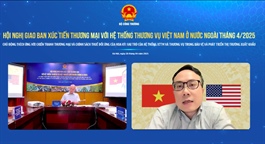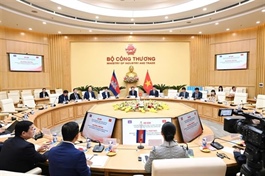Fair and predictable investment climate will ensure future American engagement
Fair and predictable investment climate will ensure future American engagement
Building on the two countries’ comprehensive strategic partnership, Vietnam and the United States are promoting trade and investment ties. Adam Sitkoff, executive director of the American Chamber of Commerce in Hanoi, talked with VIR’s Thanh Tung about the prospects.
Can you offer an overview of the considerable changes that have taken place in the development of the American business community here in Vietnam over the decades?
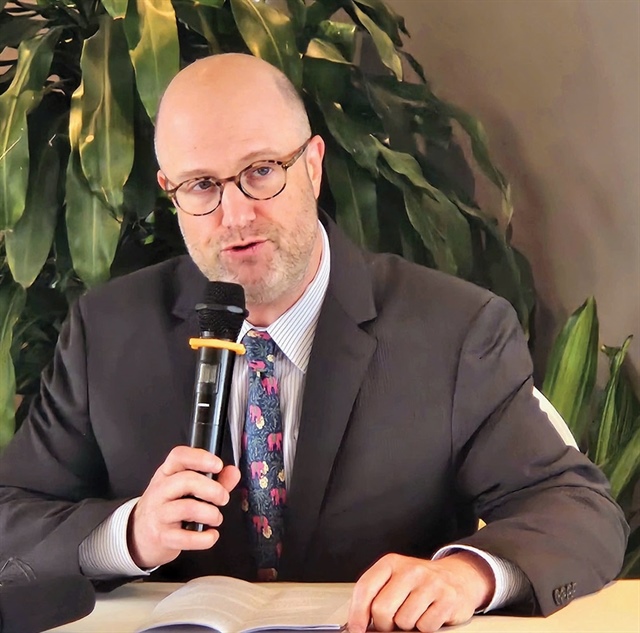
Adam Sitkoff, executive director of the American Chamber of Commerce in Hanoi |
Trade and investment are the cornerstones of Vietnam’s relationship with the United States and great changes have taken place in the development of the American business community here.
American companies and investors have played a transformative role in the development of Vietnam, and the United States is one of the top foreign investors here. More importantly, despite considerable challenges, the US remains Vietnam’s biggest export market, driving investment and growth throughout Vietnam.
American investors bring high-quality products and state-of-the-art technologies, services, and business practices to Vietnam. We partner with Vietnam to develop high-tech, innovative industries. We commit to upholding Vietnam’s labour and environment laws, and to being good corporate citizens.
Our companies are leaders in promoting sustainability and innovation in Vietnam through global business practices that ensure responsible supply chains and combat climate change.
We want to partner to develop infrastructure that ensures energy security and facilitates sustainable growth. We share an interest in developing a globally competitive workforce, creating quality jobs, and investing in the professional development of our Vietnamese team members.
This investment has not only helped grow Vietnam’s economy but also helped grow the entire ecosystem of local companies and entrepreneurs here, integrating Vietnam into the global supply chain and helping the country become more productive, efficient, safer, and cleaner.
How have US investments in Vietnam changed in quality since then?
In the early years, few American investors focused on Vietnam and there was not much market access until our two countries signed a bilateral trade agreement in 2001. That agreement boosted US investment here, and Vietnam’s entry into the World Trade Organization in 2007 also helped drive investment forward.
Business started slow back then, but now American companies and investors account for billions of US dollars in foreign investment, tens of thousands of direct employees, hundreds of thousands of indirect employees, and a significant share of Vietnam’s exports and tax revenues.
US investments are now present in many sectors in Vietnam such as energy, agriculture, industrial development, high technology, semiconductors, foodstuffs, and more. What are the most attractive sectors to American investors now and in the future?
Vietnam has moved up the manufacturing value chain and now strives to become a top investment destination for the industries of the future, such as semiconductors and AI, but further success will require great efforts and partnership between the private sector and the government.
Staying attractive and competitive is important, which is why we place great importance on our engagement with the government. We believe that robust dialogue between the government and the private sector helps lead to optimal public policy outcomes and helps attract investment here.
How can Vietnam engage more US investments in the coming time, especially now when the government is boosting administrative reform and improving the investment and business climate?
Global investors currently face a challenging period of uncertainty, which will delay many decisions. However, I believe Vietnam remains well-positioned to capture significant investment as companies will continue to diversify global supply chains.
Like all major sourcing locations, Vietnam needs to continuously evaluate what its competitive advantage is. I recommend that the country prioritise labour and engineer training, sustainable practices, unlocking the full potential of the digital economy, infrastructure improvements and energy development needs, and the country’s ability to support a more vertical manufacturing sector.
Additional progress on structural reforms in state-owned enterprises, government administration, and regulatory processes for the private sector are also needed to ensure Vietnam maintains its competitive edge.
Overall, I believe the most important factor for a favourable investment climate is a fair, predictable, and streamlined regulatory environment that values innovation - not only to attract new investment, but also to maintain and grow the investment already here.
There is no doubt that existing investors expanding operations is the best advertisement to attract new funding.
- 08:00 03/05/2025



